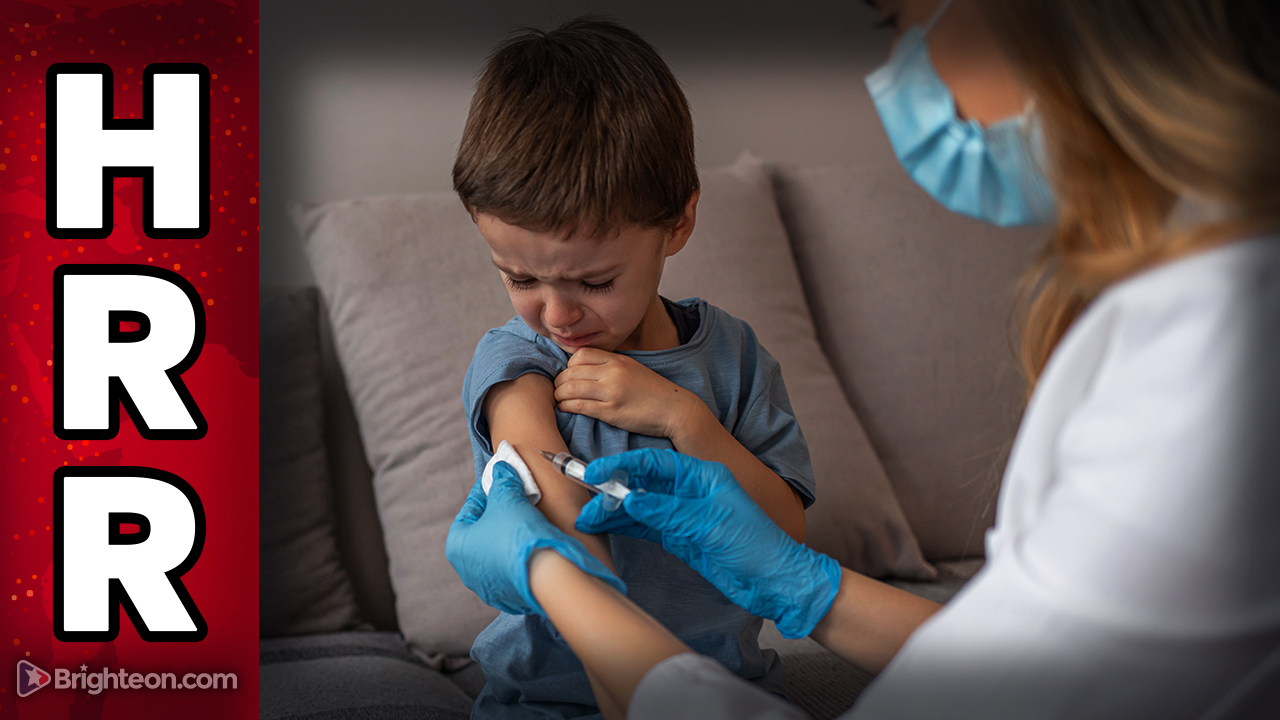Dangerous tattoo removal cream leaves student with horrific scar
05/26/2017 / By Frances Bloomfield

In a bid to appear more professional for work, 21-year old Pasuda Reaw decided to get rid of the rose tattoo on her chest. But instead of opting for laser removal, she turned to Rejuvi, a chemical remover created by the Rejuvi Laboratory California. The Thai art student tried this laser-free alternative last February. Three months later, Reaw no longer has the chest tattoo; in its place is a massive chemical burn scar.
“At first Rejuvi seemed like a good way to remove the tattoo. I did not want to use lasers,” Reaw explained as she recounted her ordeal to the DailyMail.co.uk. Rejuvi is applied via a small tattoo gun, and works by raising ink pigments to the surface of the skin to form a scab which can then be peeled off.
“I began the treatment and immediately it was itchy and [started] hurting a lot,” said Reaw. She recalled how the lingering stinging sensation from the process was so severe that she was unable to sleep when she returned home. Instead, she cried all through the night. Things only became worse as the days passed. Ten days after her procedure, the area of the tattoo was filling with pus and the skin began flaking off. Weeks later, Reaw finally pulled off the blotchy scab. Left behind in its place were horrific, bloody wounds that took up most of her chest. Though the wounds healed over time, they eventually became the large scar that continues to remind Reaw of the pain she endured.
Her experience was captured and chronicled in photos — photos she hopes will convince others to rethink about how they remove their tattoos. “What is left if worse than before. I do not recommend this treatment because it hurts so bad [sic] and takes a long time. Laser is a lot of money but I wish I had done that. At times the pain of the itching and the scar were unbearable,” Reaw said.

Despite everything she went through, Reaw is not the first person to suffer through pain caused by Rejuvi. On their article about the dangers of non-laser tattoo removal, the Andrea Catton Laser Clinic touched on Rejuvi, calling it “flawed.” The author of the article listed down the possible side effects of the technique, which included pain, bruising, swelling, itching, scabbing, infection, and permanent scarring. A number of patients who used Rejuvi were forced to take steroid injections to help them deal with the pain, while others turned to solicitors for aid with their scars, stated the author of the article. (Related: Tattoos may lead to HEAT STROKE by impairing your skin’s natural sweat production)
Ritu Saini, a dermatologic surgeon at NY Medical Skin Solutions, told the clinic: “Rejuvi involves the tattooing of a chemicals to extract the tattoo colour. I once saw a patient after he had the Rejuvi procedure which had caused extensive scarring. The patient required several treatments with Fraxel to improve the appearance of the scarring.”
According to MedicalDaily.com, the safest method of tattoo removal is still laser tattoo removal. Rather than forcing the tattoo to scab like Rejuvi, laser tattoo removal makes use of a laser to break up ink molecules in the skin which are then carried into the liver by the immune system. The liver then safely disposes of the ink molecules by passing them out of the body alongside other waste materials. Though the possible side effects include blistering, scabbing, and swelling, these are just signs that the treatment has worked and the body is undergoing its natural healing processes.
Learn about what is and what isn’t safe for you by visiting MindBodyScience.news today.
Sources include:
Submit a correction >>
Tagged Under:
Rejuvi, Tattoo, tattoo removal
This article may contain statements that reflect the opinion of the author





















